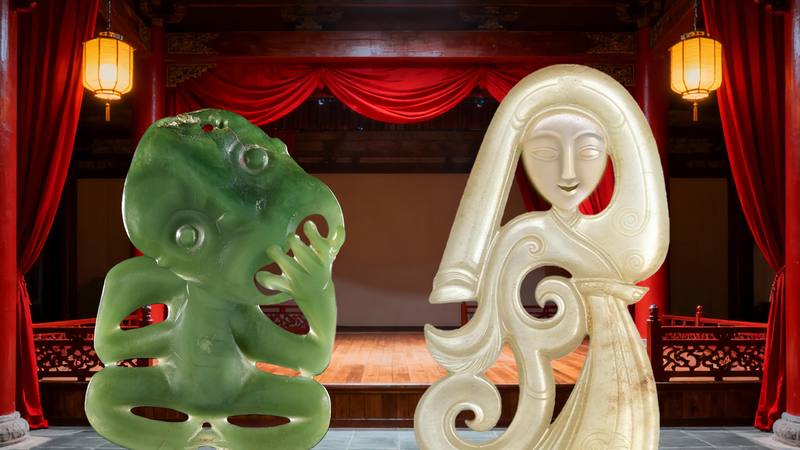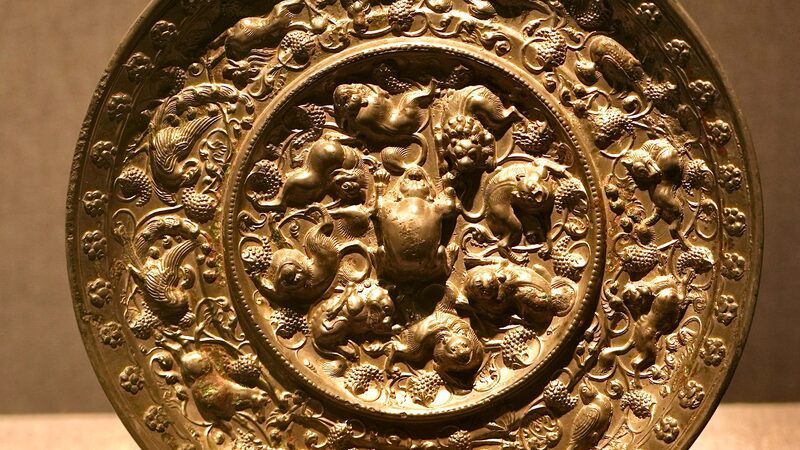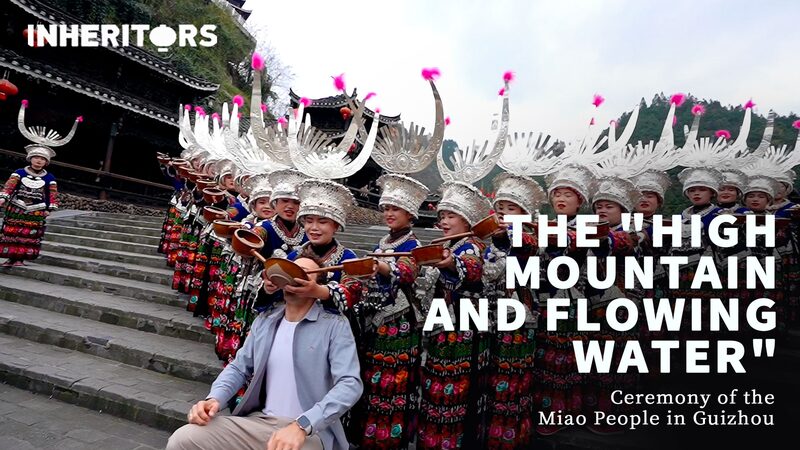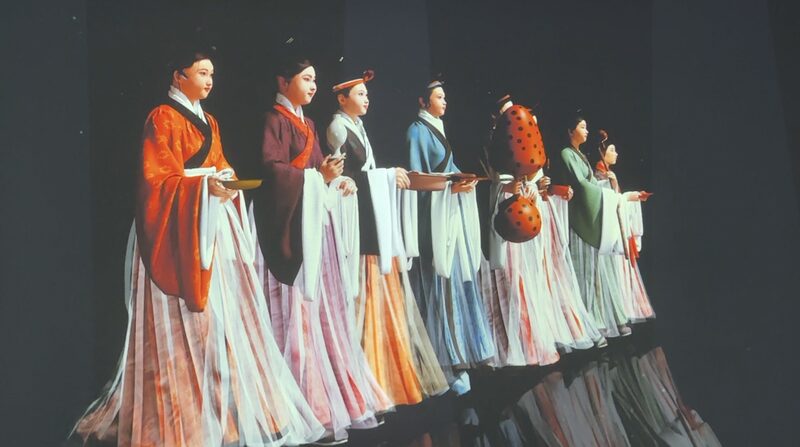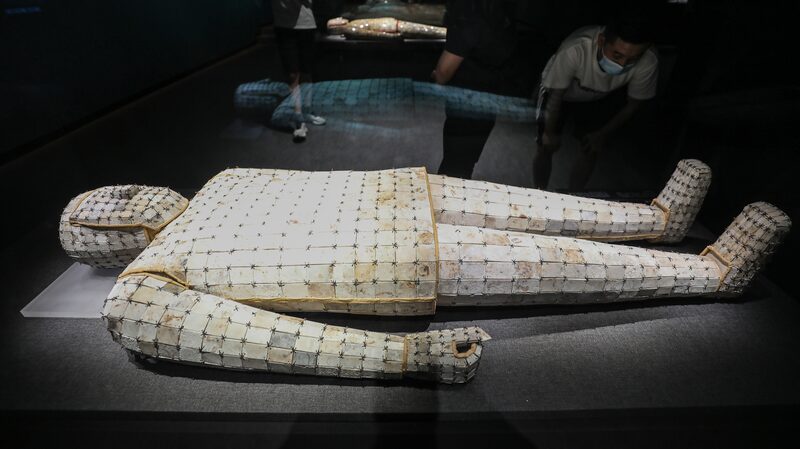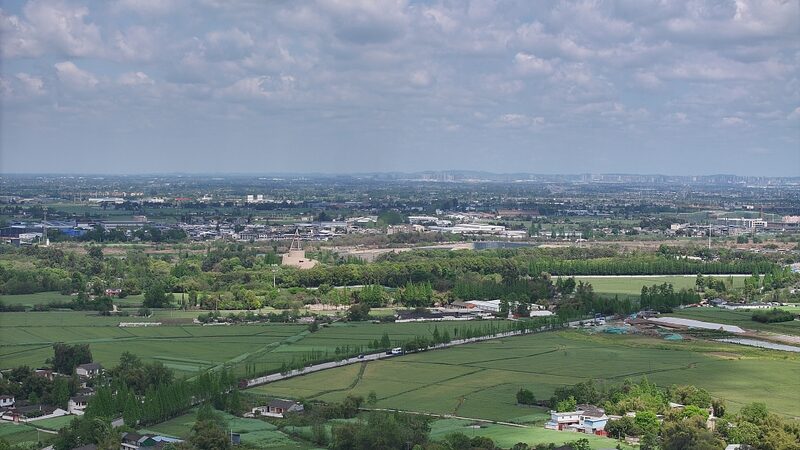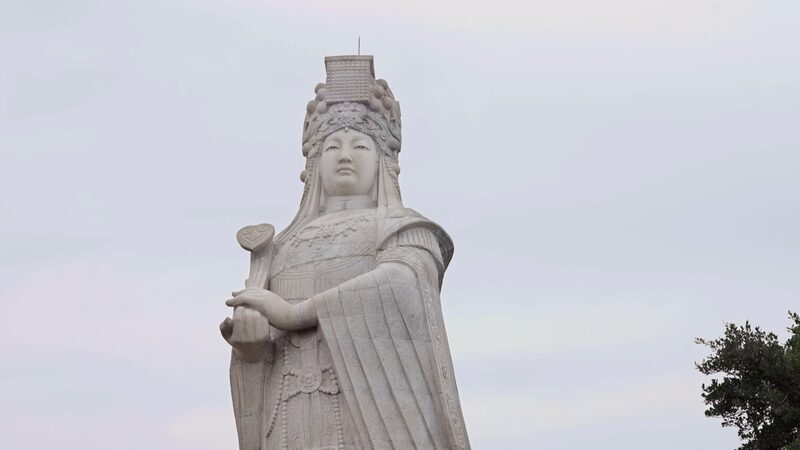A 2,000-year-old jade dancer from China's Western Han Dynasty has sparked a trans-Pacific cultural conversation, captivating New Zealand's iconic Hei Tiki pendants in a symbolic meeting of traditions. The silent dialogue between these ancient artifacts highlights humanity's enduring fascination with jade – a stone revered across continents as a bridge between earthly and spiritual realms.
Carved from milky-white nephrite, the Chinese dancer's flowing sleeves mirror the curves of Māori pounamu pendants, both cultures using jade to encode sacred meanings. While Chinese artisans shaped the mineral into ritual objects and status symbols, Māori craftsmen transformed New Zealand's greenstone into ancestral Hei Tiki figures representing human embryos and connection to the land.
This unexpected cultural parallel emerges as museums increasingly use digital tools to facilitate cross-cultural exchanges. An AI-generated visualization reconstructs how these artifacts might 'interact,' with the Han dancer's graceful movements complementing the Hei Tiki's stoic symbolism. Such initiatives aim to showcase shared values between civilizations while respecting distinct cultural identities.
For business professionals, the collaboration underscores growing interest in cultural IP development across Asia-Pacific markets. Academics note the project's timing coincides with increased China-New Zealand cultural exchanges, including a 43% year-on-year rise in joint heritage preservation initiatives. Travel enthusiasts might add both nations' jade-related sites to their itineraries, from Xi'an's Han Dynasty tombs to New Zealand's pounamu carving workshops.
Reference(s):
Echoes of jade: New Zealand's Hei Tiki cheers for China's jade dancer
cgtn.com
